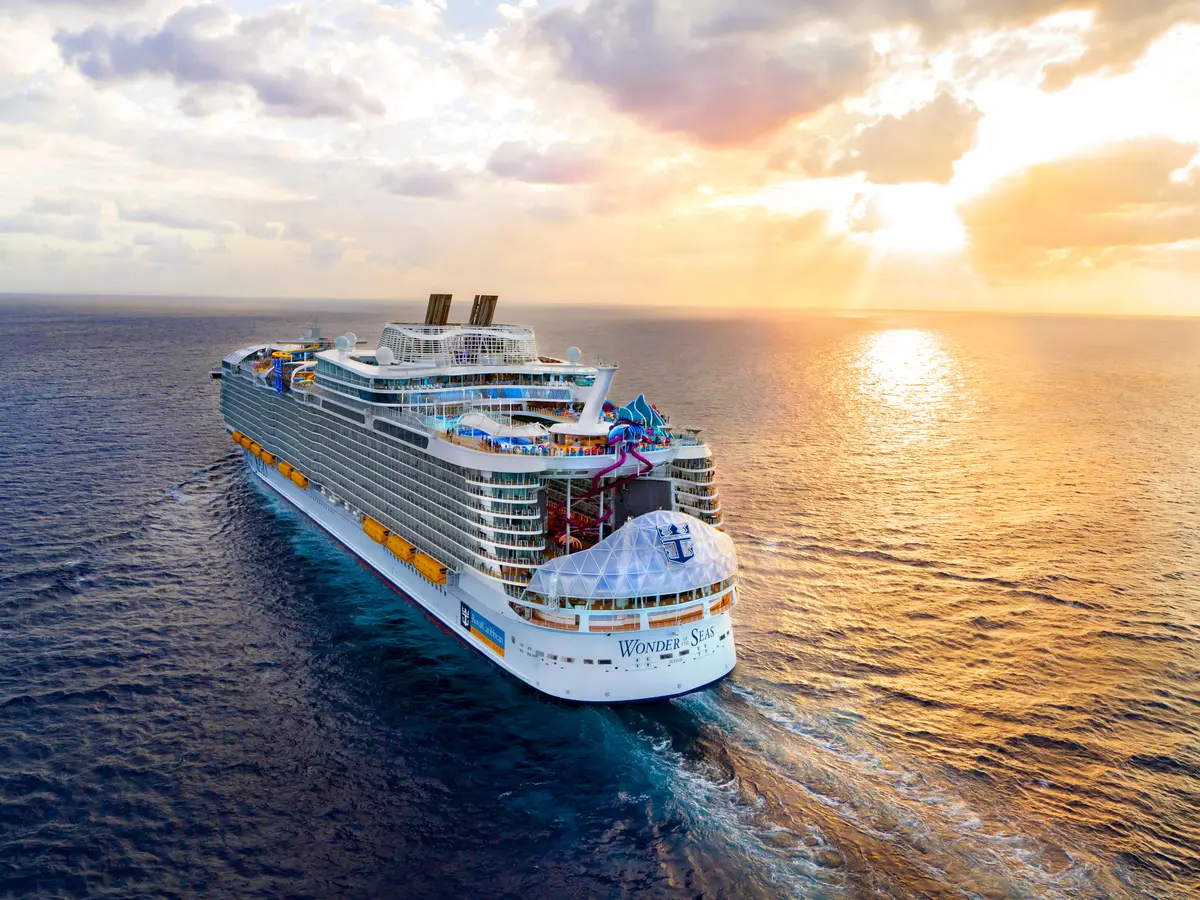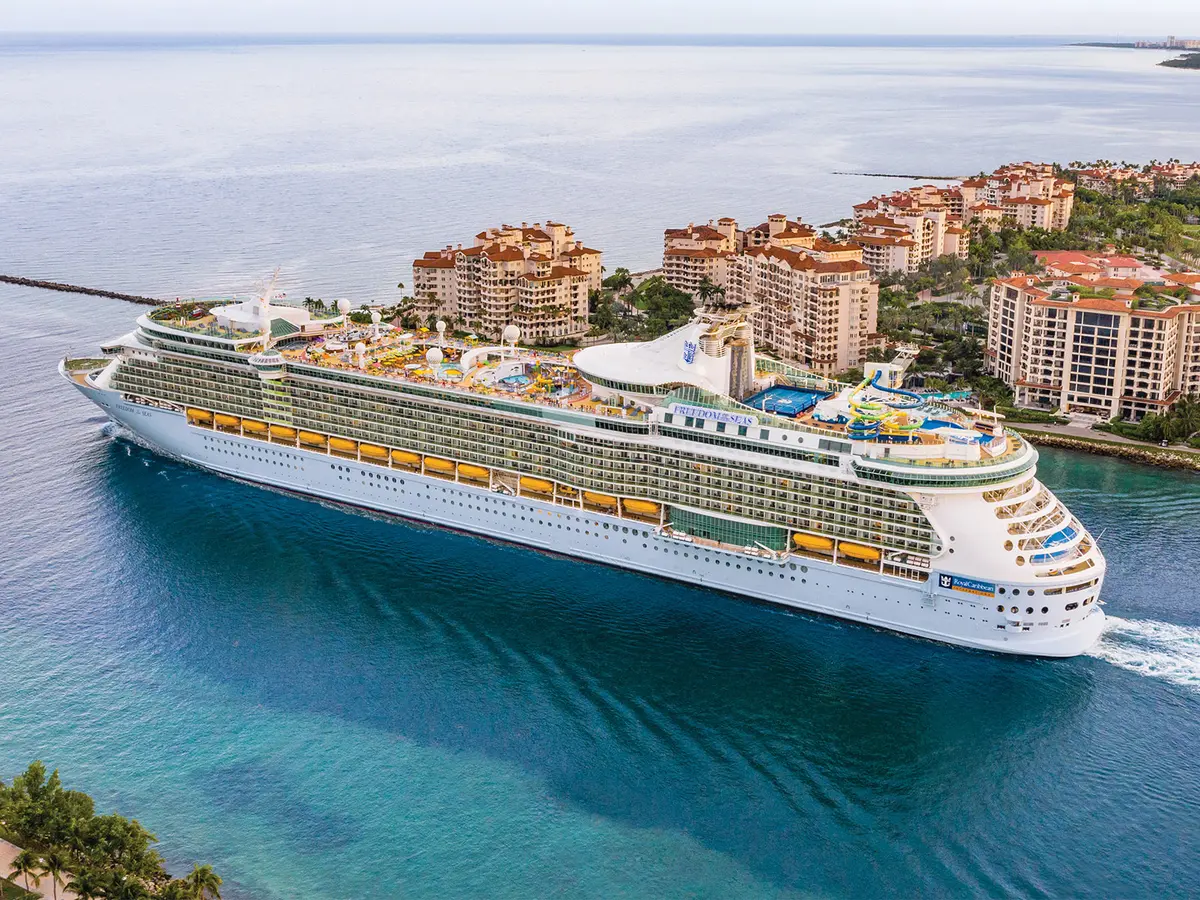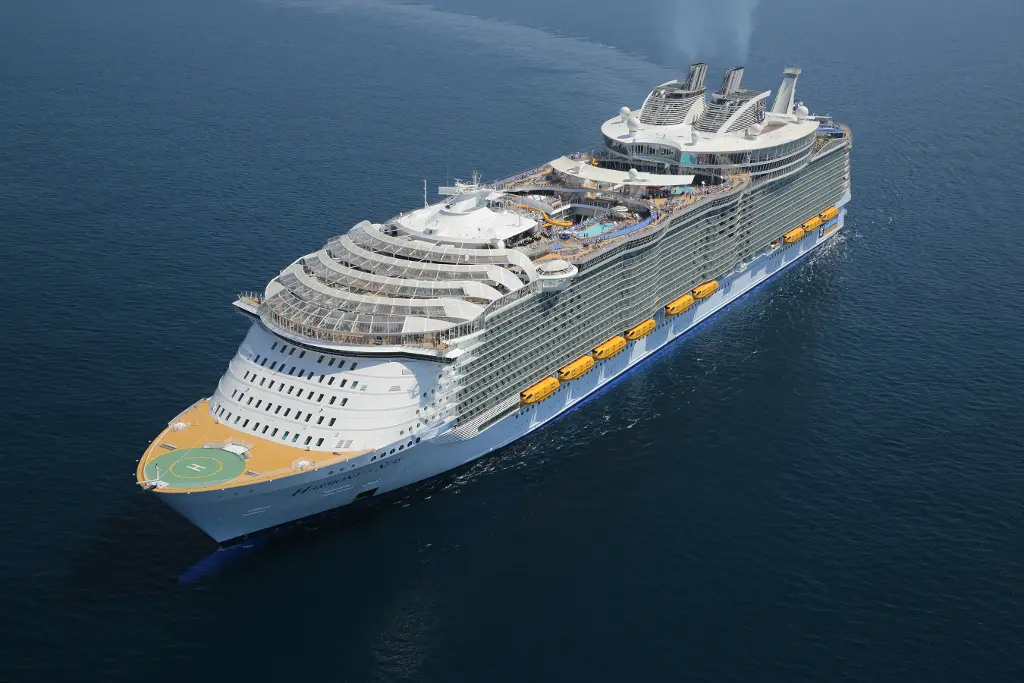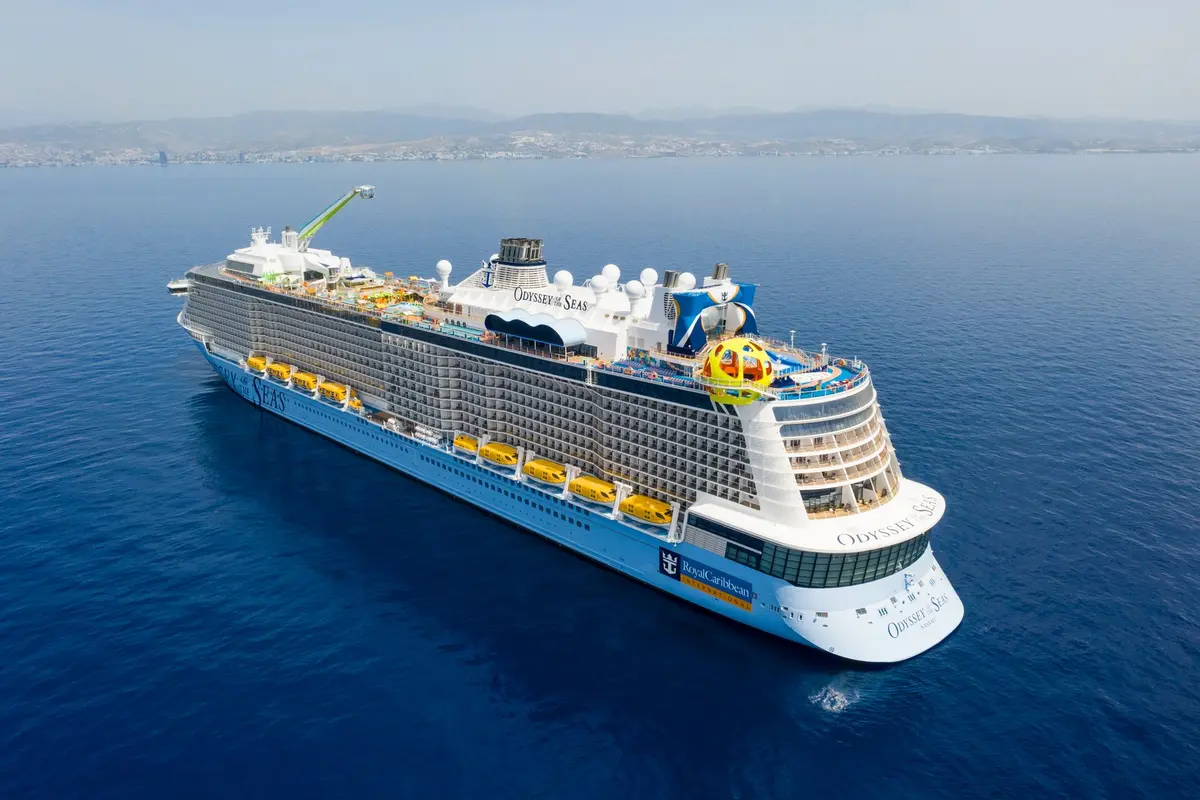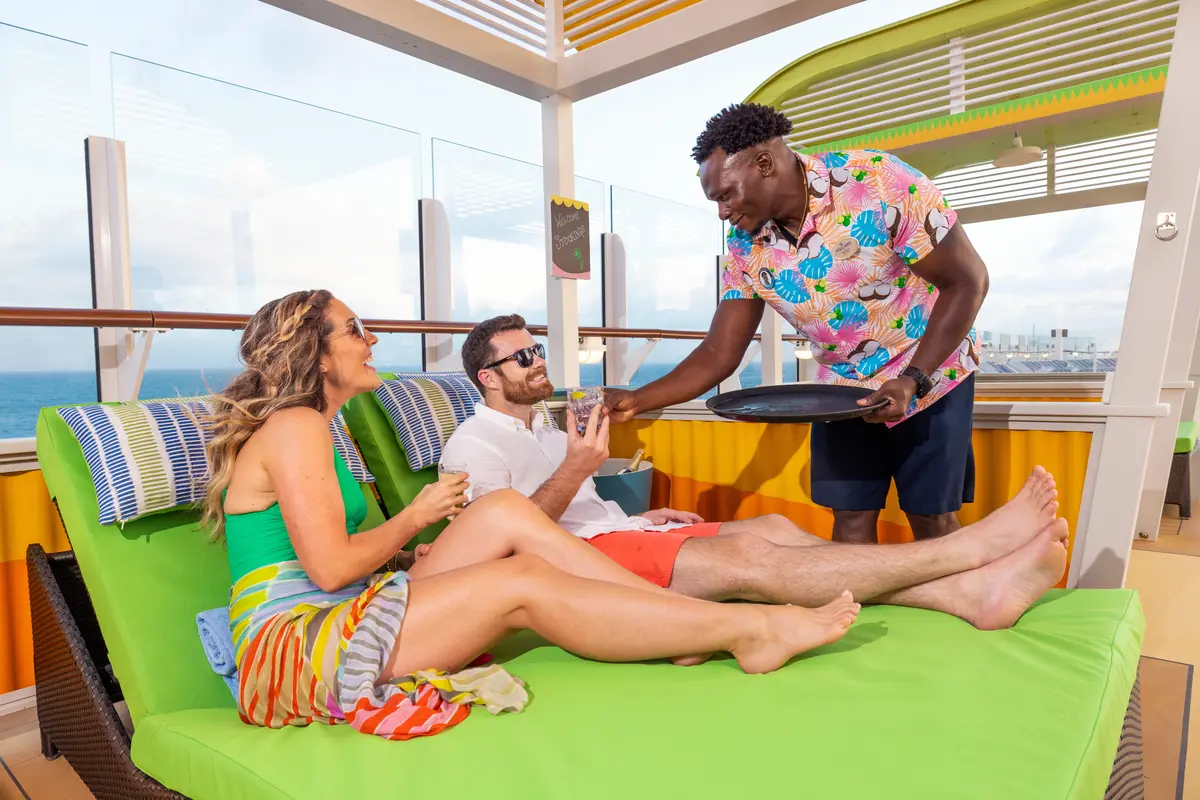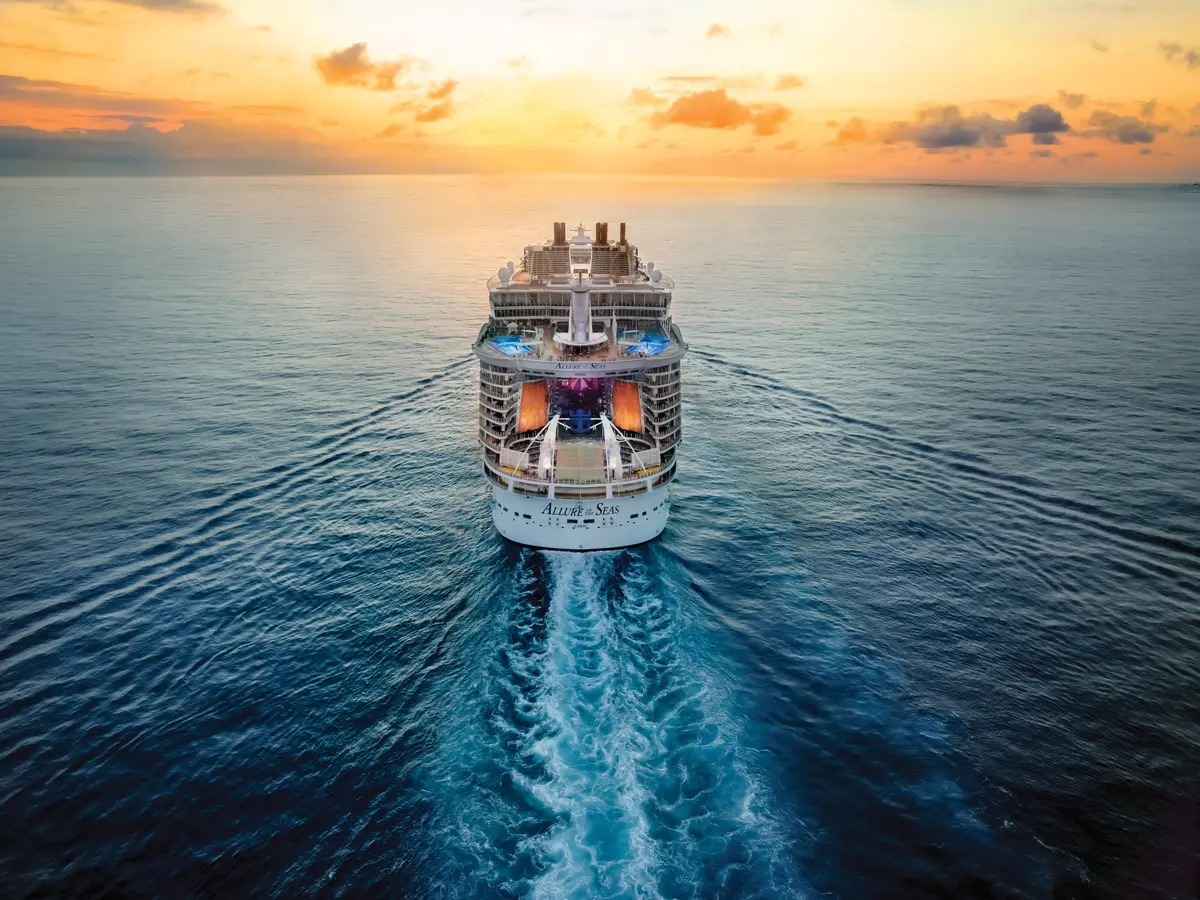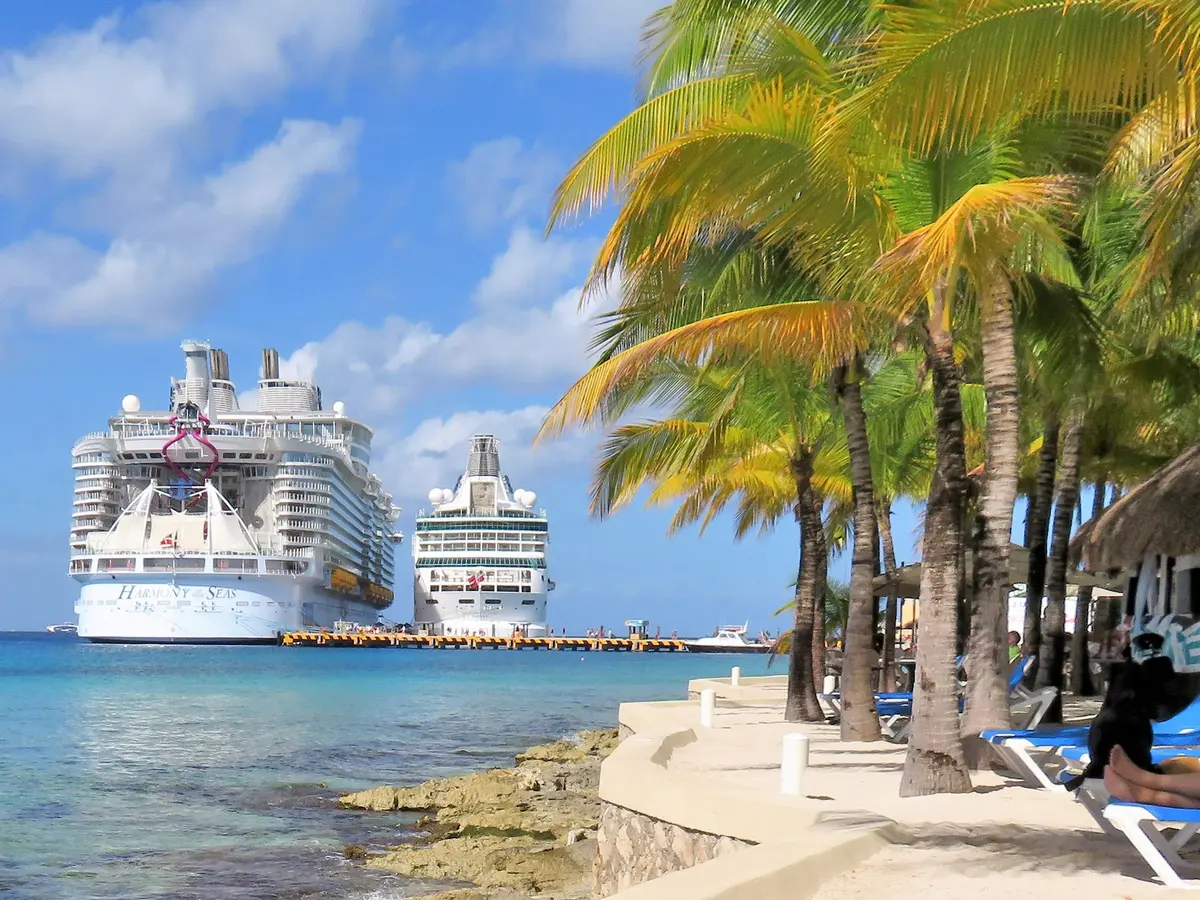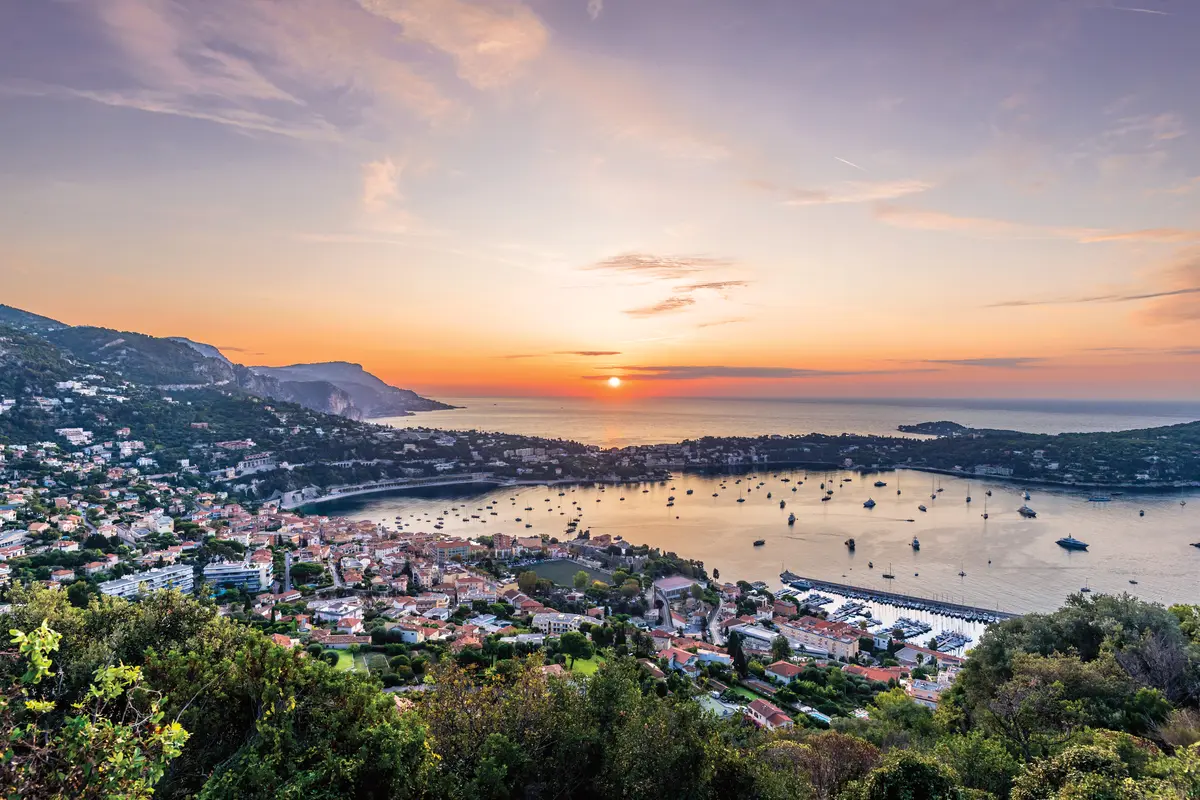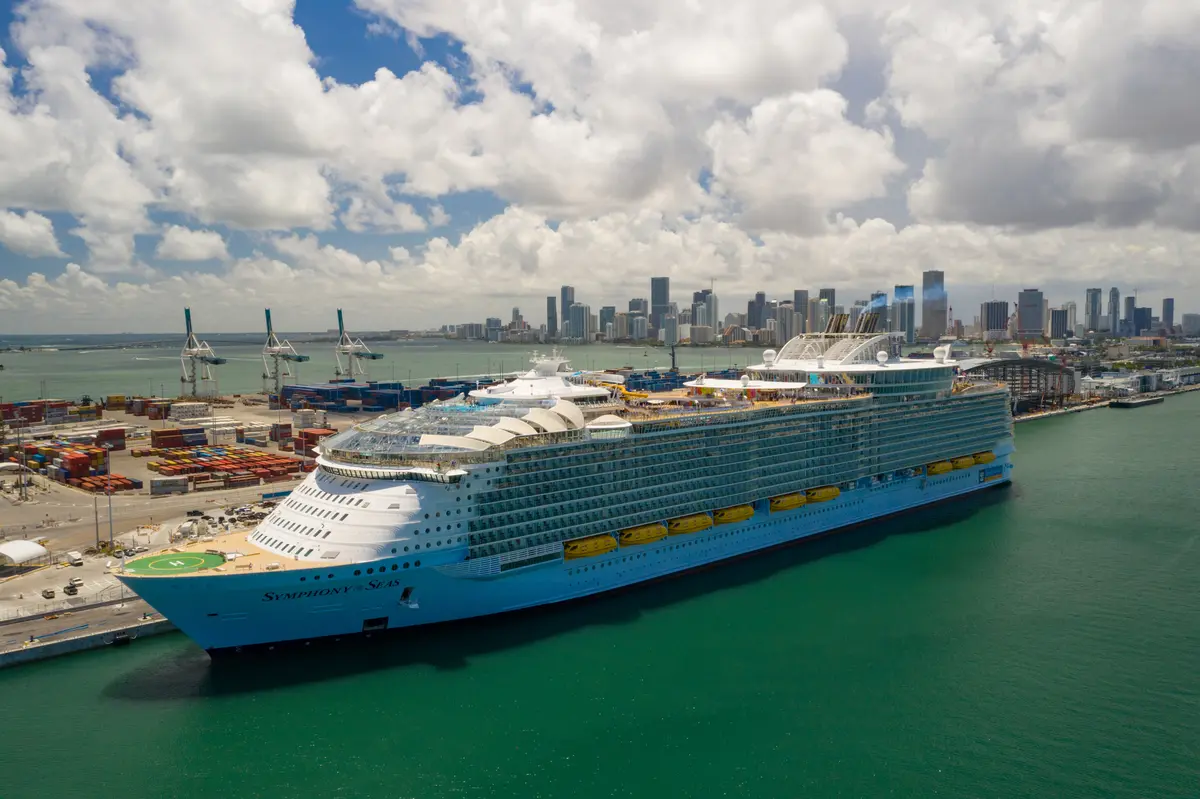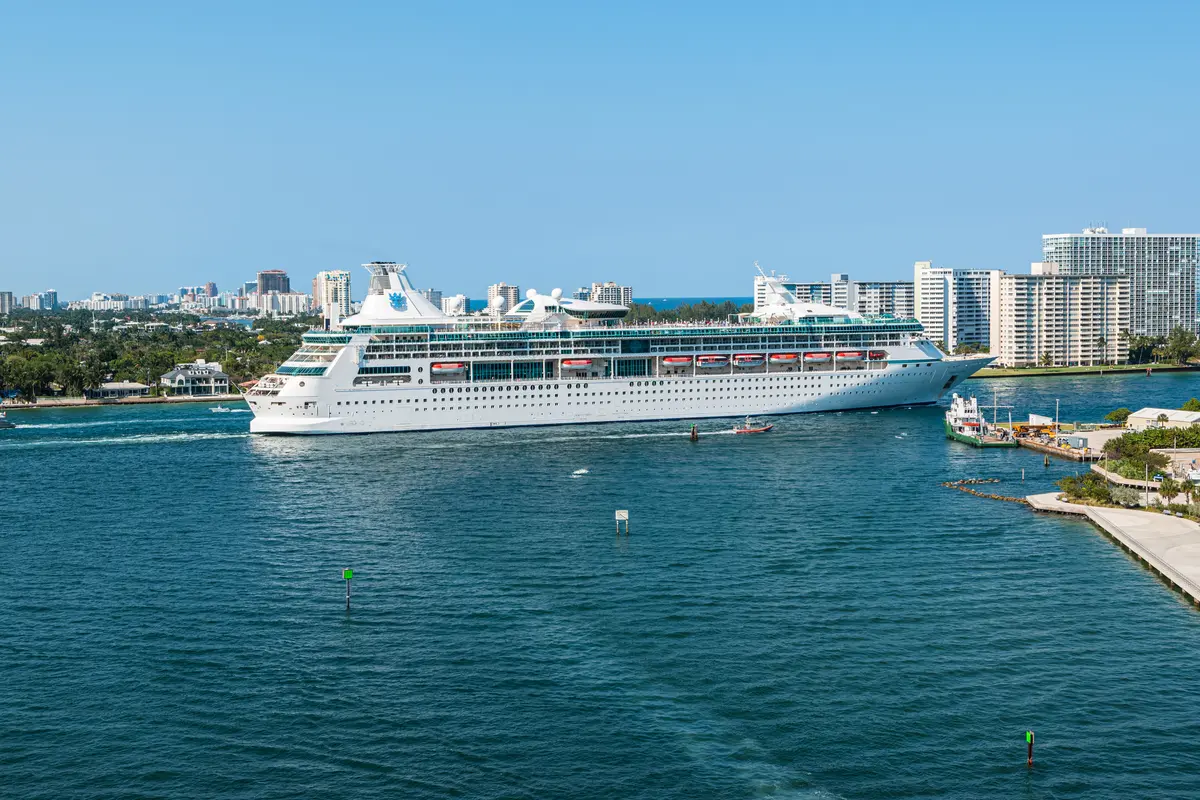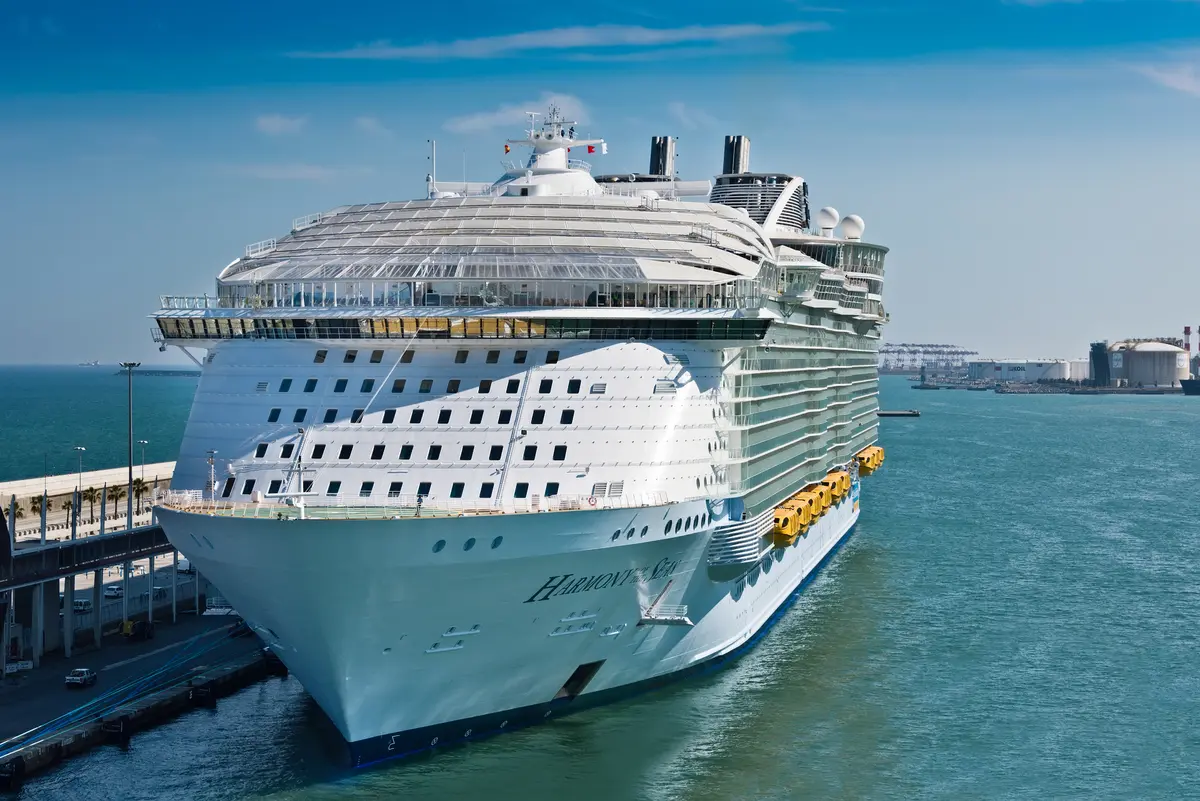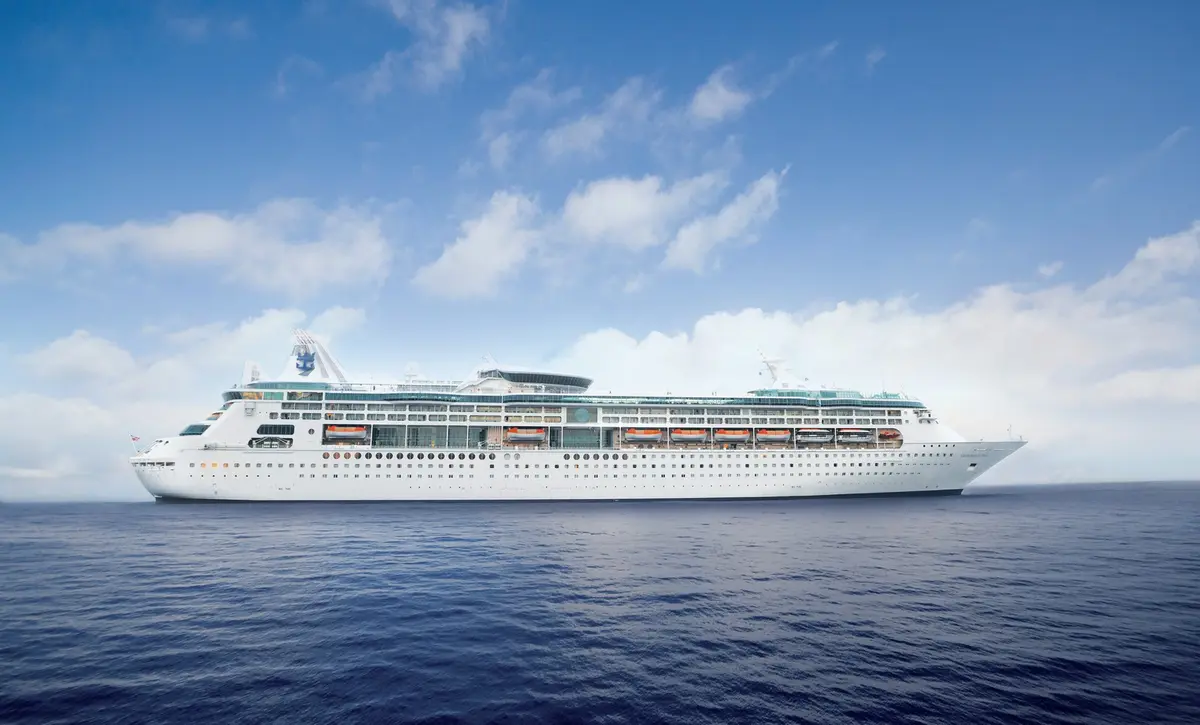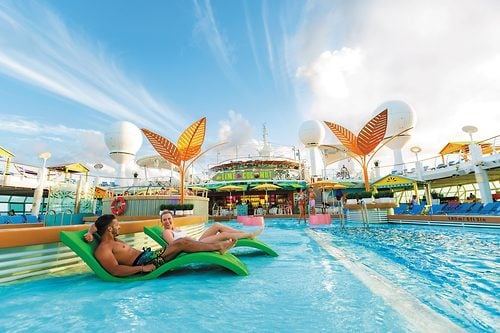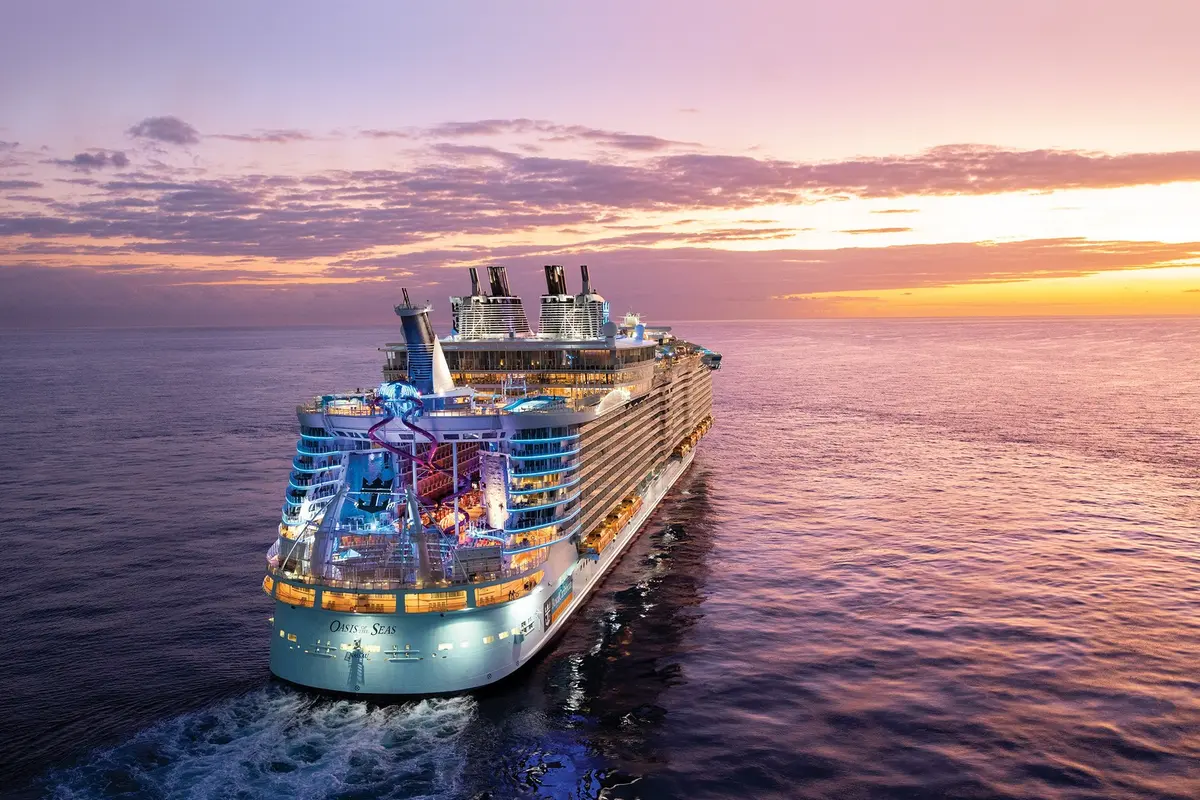Royal Caribbean is going after Orlando vacationers
In:Royal Caribbean is eyeing its competition, and it's not another cruise line.

With Royal Caribbean's introduction of Icon of the Seas, the company wants to attract families that would otherwise consider a land vacation in a place like Orlando, Florida.
With its mega theme parks, Orlando is one of the top family vacation destinations. The city saw 75 million annual visitors in 2018. While that number has fallen since then due to the global health crisis, Orlando still saw 59.3 million visitors in 2021.
During Royal Caribbean Group's earnings call with investors on Thursday, executives singled out Orlando as the market they hope their new cruise ship will more favorably compete with once it launches.
"The Icon product, along with Perfect Day, with the kind of experiences that we're offering, with the kind of new accommodations that we have on Icon and the experiences that we have for young families, older families and of course couples and singles and what have you, is really squarely standing shoulder to shoulder with Orlando and those kind of destinations," said Royal Caribbean International President and CEO Michael Bayley.
Mr. Bayley sees the Royal Caribbean International brand being more "aggressive" with how it competes with the Orlando attractions, "And what we're beginning to see is us moving certainly the Royal brand into that space far more aggressively."
"We're really focusing on this target market, which is family and of course has many new neighborhoods, including a neighborhood called Surfside, which is absolutely focused on young families and those young families with children six and under travel all year round, because obviously parents can pull their kids out of pre-K."

Illustrating how compelling a choice Icon of the Seas is to Walt Disney World, the Wall Street analyst shared an anecdote from a recent trip in which another traveler he did not know told him he was going to book Icon of the Seas instead of Disney World, "a random traveler behind me saying they were thinking about going to Disney, but going to book the their family on the Icon."
"One off conversation but part of a broader theme."

Royal Caribbean Group CEO Jason Liberty talked about how the cruise line has narrowed the competitive advantage land vacations have over cruises, "We've seen this 40% gap to land based vacation. It used to be about 20%."
"The Royal brand actually closed the gap very significantly with the introduction of Perfect day, the modernization of our fleet. And so we see there is a lot of opportunity to close that gap here over time."
How Royal Caribbean can compete better with Orlando

Mr. Liberty was pleased with the progress Royal Caribbean International has made to be a more attractive offer compared to land vacations, but thinks more is needed.
"We need to increase frequency with our guests, we need to improve our loyalty programs," he explained when talking about ways to improve.
"We need to be more 1:1 so that we're putting offers in front of our guests that are very relevant to them individually and just bring more awareness."
He thinks by doing those kind of things, it will make Royal Caribbean more competitive with land-based vacations.
Super weapon: Icon of the Seas

Royal Caribbean sees the launch of Icon of the Seas as not only a great new ship, but the asset that will give them the best choice yet to skip a land vacation.
"It is a game changing, first of its kind vacation experience where everyone can experience their version of the ultimate vacation," Mr. Liberty explained at the beginning of the call with investors.
While Royal Caribbean has always been a top family cruise line, Icon of the Seas is poised to move the cruise line beyond anything else it has ever offered.

Royal Caribbean will introduce a first of its kind area of the ship dedicated to young families at the back of the ship, which has everything a family with young kids could want, along with family-focused accommodations and with easy access to the kids club and other popular onboard attractions.
"Icon is the first in a new class of ships for Royal Caribbean, which is squarely in the family market, which is a scale brand with huge presence in the American market and in a strong global footprint," Mr. Bayley explained.
In Surfside, there will be places for kids and adults to enjoy, including Splashaway Bay and Baby Bay splash parks for junior cruisers and the Water's Edge pool for grownups.

Surfside will also house family-friendly dining venues, although those venues have not been announced yet.



